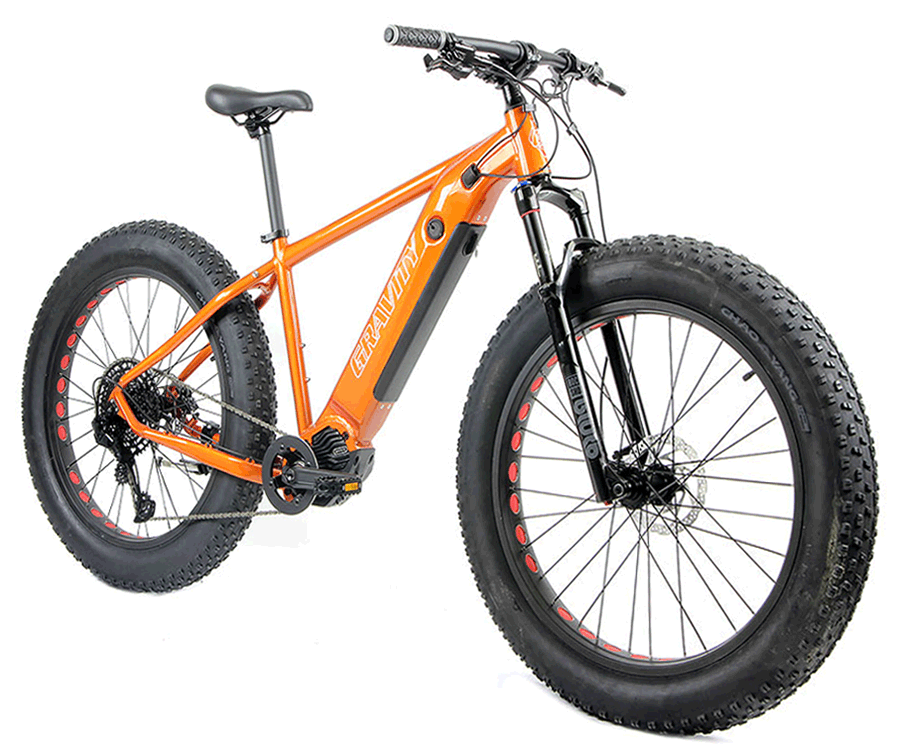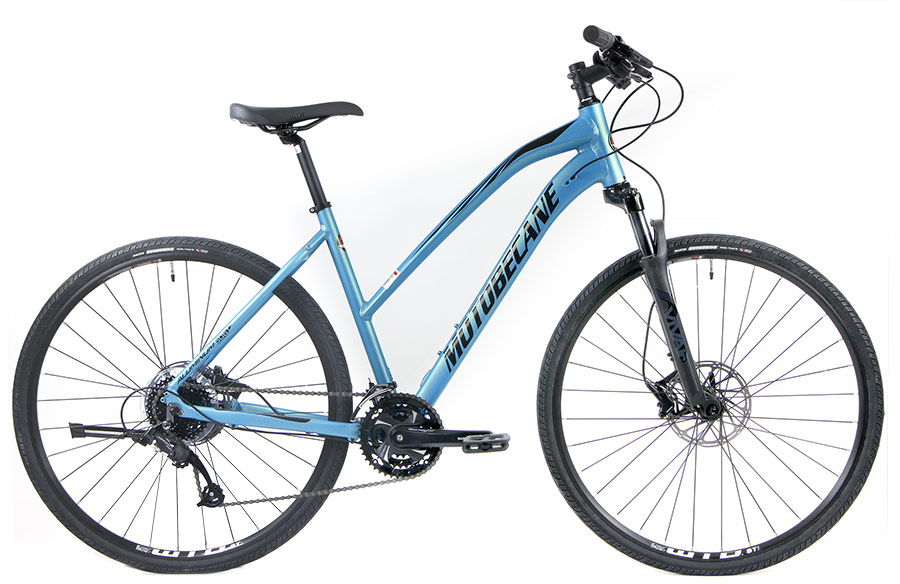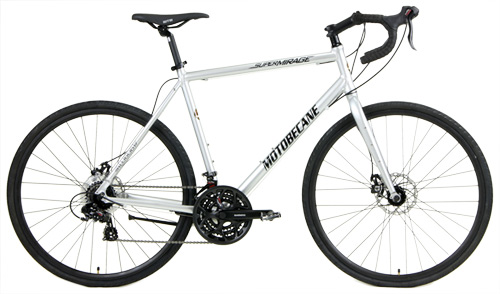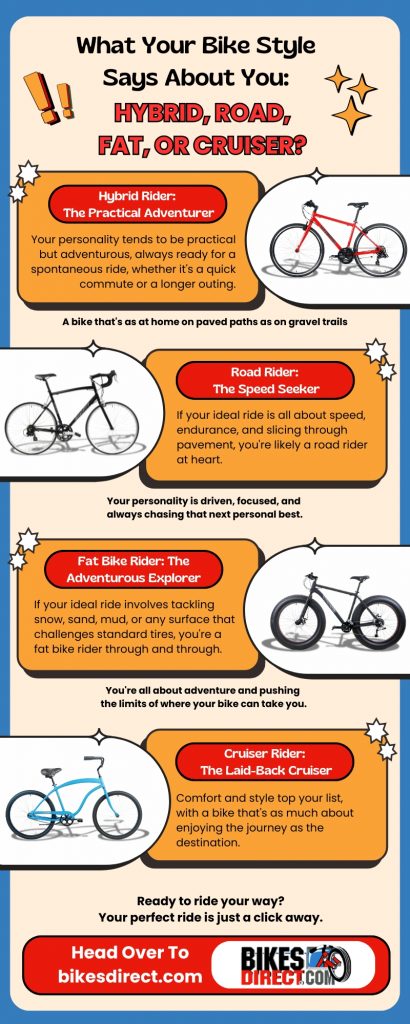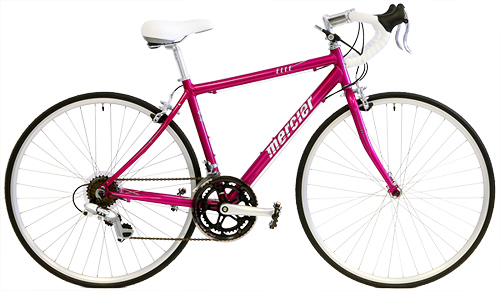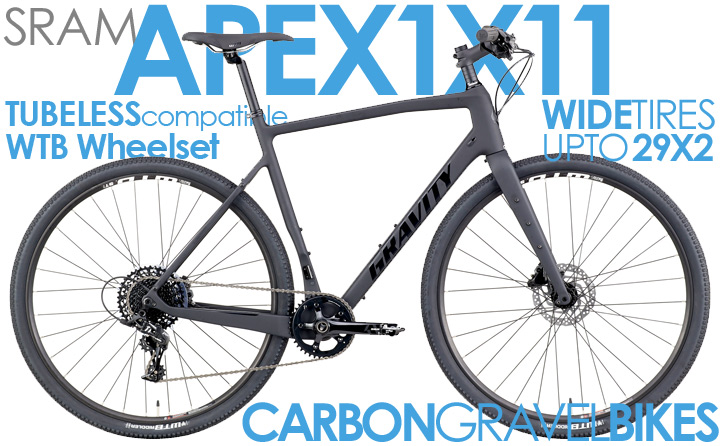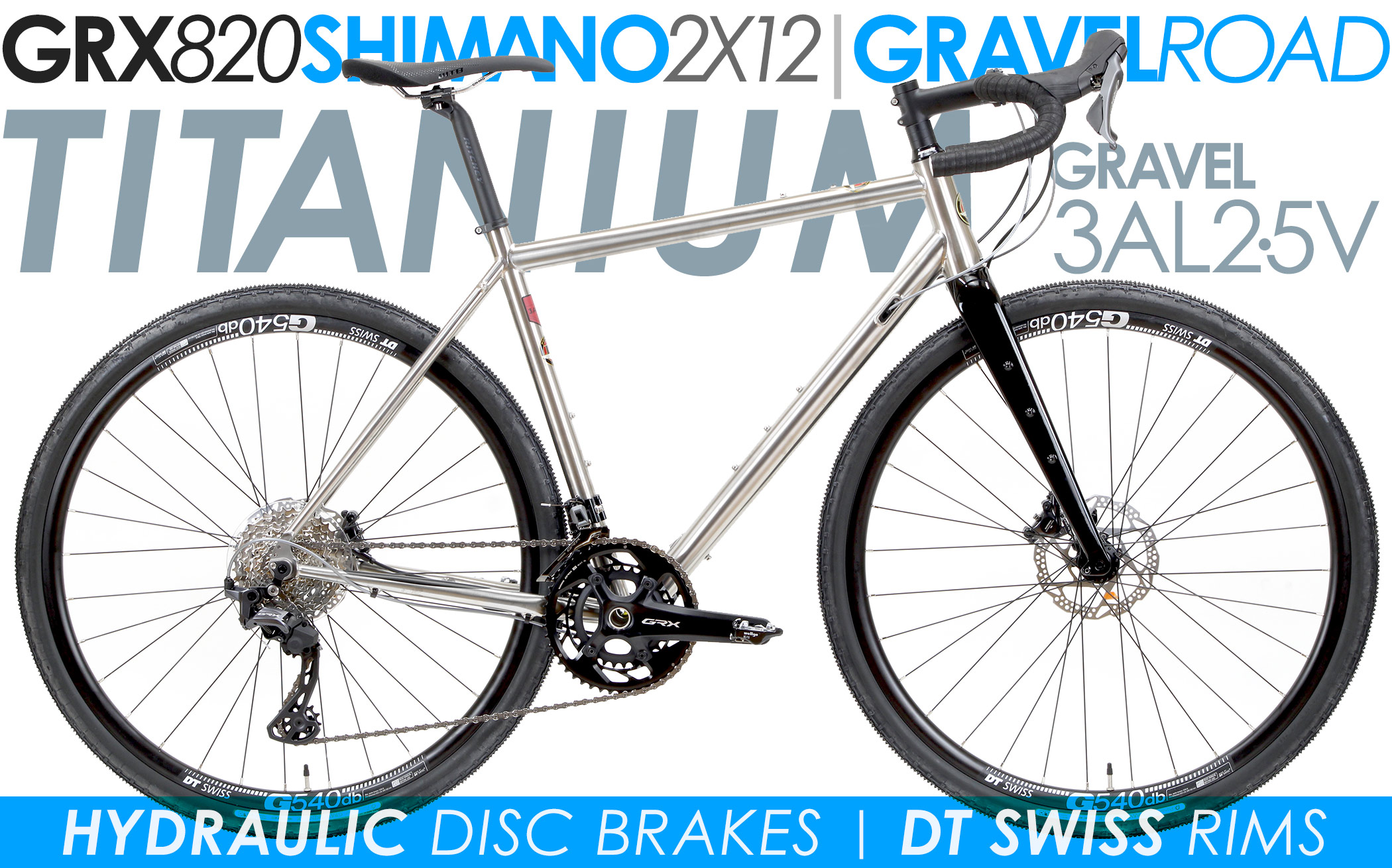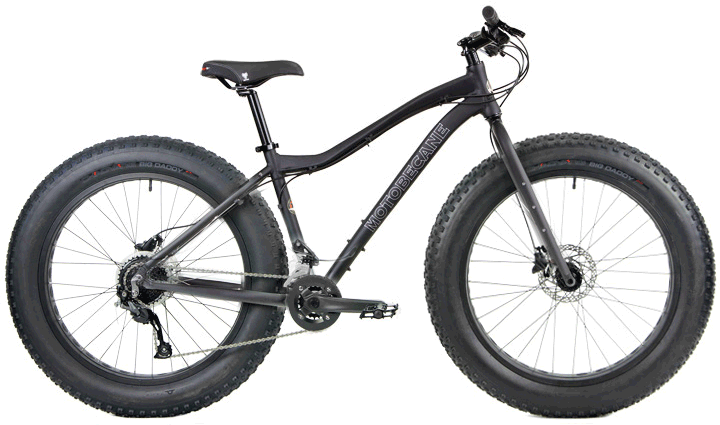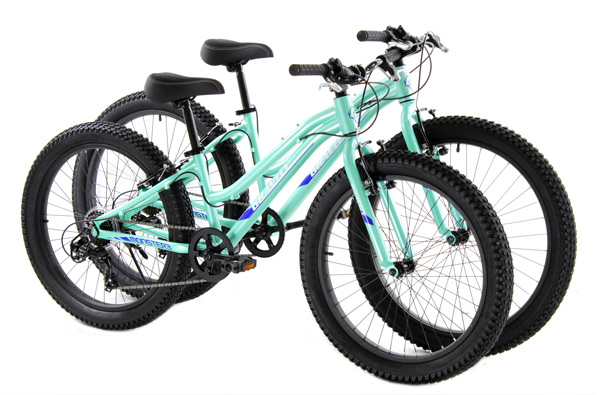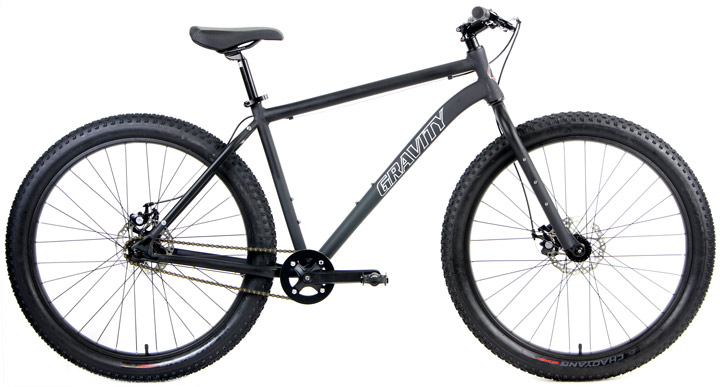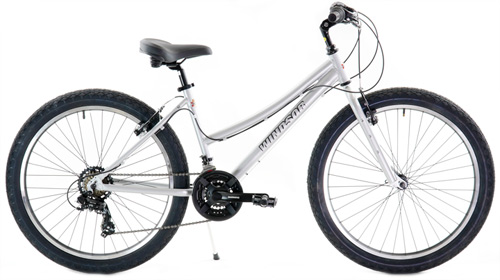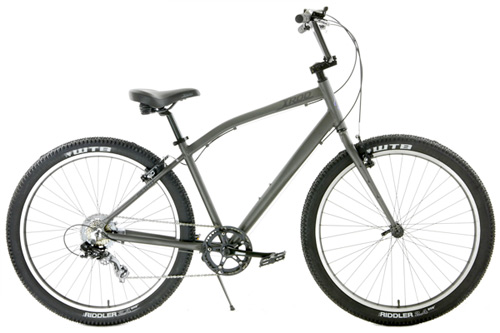For decades, the daily commute has been defined by car keys, congested highways, and a cup of coffee balanced precariously in the cupholder. But as Forbes notes, the way we commute is undergoing a seismic shift. With fuel costs rising and eco-consciousness taking center stage, more workers are ditching the gas pump for the saddle. Cycling to work is no longer just for fitness buffs—it’s fast becoming the commuter’s choice.
The reasons? They’re compelling: affordability, sustainability, efficiency, and, quite honestly, the joy of starting the morning with fresh air instead of brake lights. According to Business Insider, bicycles are transforming urban commutes globally, offering a solution that balances cost-effectiveness with environmental responsibility. And at BikesDirect.com, we’ve witnessed this cultural shift firsthand as thousands of new riders join the cycling community each year.
Let’s dive into why the bicycle is replacing the car for so many daily commuters and explore the best commuter bikes—road bikes, hybrids, and e-bikes—that are reshaping the office commute.
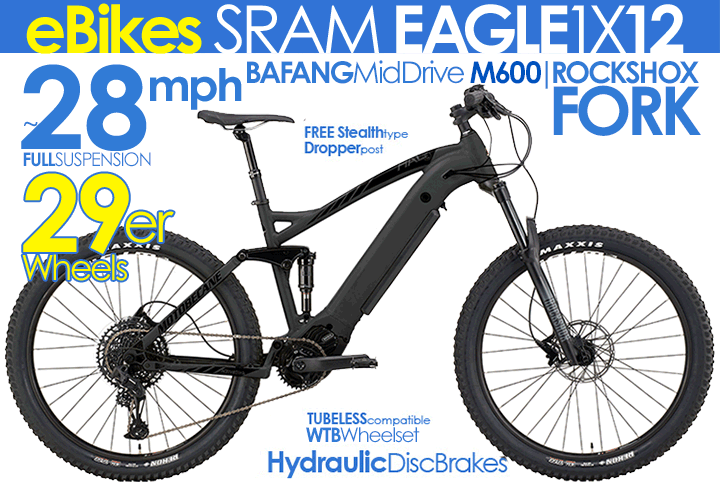
The Changing Face of Commuting
When gas prices spike, it’s not just the road trip budget that feels the pinch—it’s the everyday commute. What was once considered the cost of living has become an unsustainable burden for many workers. Parking fees, tolls, and vehicle maintenance only pile onto the expense. Enter the bicycle: an upfront investment that pays dividends every single day you roll to the office without stopping at the gas station.
This shift isn’t just about saving money. It’s also about reclaiming time. In dense cities, cycling often beats traffic. Studies show that for trips under five miles, bikes can be quicker than cars, especially during rush hour. And unlike public transportation, there’s no waiting for delayed trains or squeezing into crowded buses—you set the pace.
Health, Happiness, and Pedals
Commuting by car often means sedentary hours behind the wheel. On the other hand, cycling transforms that same time into exercise. Riding to work daily helps maintain cardiovascular health, strengthens muscles, and boosts mental clarity. It’s multitasking at its finest—fitness while you commute.

The mental health benefits are equally compelling. Instead of starting the day stressed out from traffic, cyclists arrive energized. And when the workday wraps, a ride home becomes a decompression ritual—time to unwind, reflect, and reset before stepping back into home life.
The Rise of Eco-Friendly Commuting
Beyond health and savings, there’s a bigger motivator at play: the environment. With urban areas grappling with air pollution and climate change, bikes offer a sustainable mode of transport that produces zero emissions. For workers who want their commute to align with their values, cycling represents a daily contribution to a greener future.
Cities are responding too. Bike lanes are expanding, and employers are offering incentives like bike storage, showers, and even commuter stipends. It’s a cultural shift that signals cycling isn’t a fringe option anymore—it’s mainstream.
The Best Commuter Bikes: What to Look For
Choosing the best commuter bike depends on lifestyle, terrain, and personal preference. Unlike a one-size-fits-all car purchase, bikes can be tailored to your exact commuting needs. Let’s break down the top categories.

Road Bikes: Speed and Precision
For those with longer commutes or a need for speed, a Road Bike is the ultimate choice. Designed for efficiency, road bikes feature lightweight frames, narrow tires, and aerodynamic geometry. Riders glide effortlessly across pavement, covering distance quickly.
Perfect for:
- Suburban-to-city commuters who want to minimize travel time.
- Workers with smooth, paved routes.
- Cyclists who crave a touch of athletic challenge.
Hybrid Bikes: The Everyday Workhorse
If versatility is the goal, the Hybrid Bike earns the crown. Combining the comfort of flat handlebars with the efficiency of road-inspired design, hybrids are built for the modern commuter. They can handle everything from city pavement to light gravel trails, making them ideal for mixed-route riders.
Perfect for:
- Commuters navigating city streets and park paths.
- Riders who want comfort without sacrificing efficiency.
- Cyclists who need a dependable all-rounder.
E-Bikes: Power Meets Convenience
E-bikes have exploded in popularity, and for good reason. They provide pedal-assist that flattens hills, extends range, and makes commuting accessible for riders of all fitness levels. They’re also a perfect solution for workers who want to avoid arriving at the office drenched in sweat.
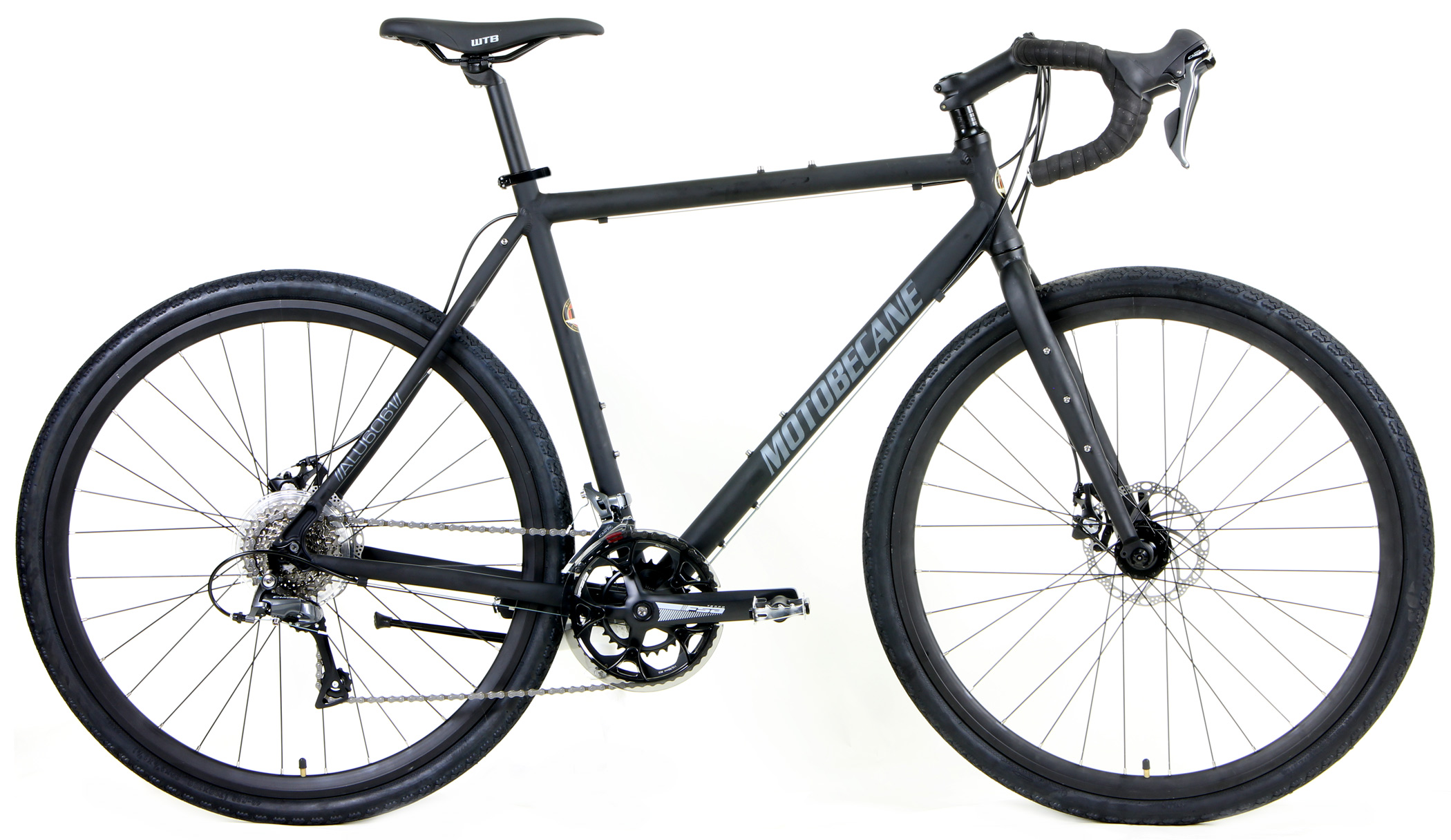
Many companies now allow employees to store or even charge e-bikes on-site, further cementing their role in modern commuting.
Perfect for:
- Long-distance commuters.
- Riders with hilly routes.
- Professionals who want effortless, sweat-free travel.
Gravel Bikes: Off-Road Commuting Style
For commuters who prefer flexibility, a Gravel Bike is a smart pick. Gravel bikes feature wider tires for stability, disc brakes for all-weather stopping power, and endurance-focused geometry for comfort on longer rides.

Perfect for:
- Riders mixing city streets with unpaved shortcuts.
- Those looking for weekend adventure versatility.
- Commuters who value stability in all conditions.
Fat Bikes: Year-Round Reliability
Snow, sand, or unpredictable terrain? That’s where a Fat Bike shines. With oversized tires, these bikes float over soft or rough surfaces that would challenge traditional wheels.
Perfect for:
- Commuters in snowy regions.
- Cyclists who want a rugged, do-anything bike.
- Riders embracing year-round commuting.
Beach Cruisers: Comfort with Flair
Sometimes, commuting isn’t about shaving minutes—it’s about enjoying the ride. A Beach Cruiser offers unmatched comfort with upright seating, wide tires, and retro style. They’re perfect for shorter urban commutes where relaxation matters more than speed.
Perfect for:
- Short-distance city riders.
- Professionals who value comfort and style.
- Anyone who wants to feel like they’re on vacation, even en route to work.
Mountain Bikes: Tough Routes, No Problem
For commuters with rugged terrain or a preference for durability, a Mountain Bike handles it all. Suspension absorbs bumps, while wide tires offer grip on uneven surfaces.
Perfect for:
- Riders with potholed city streets or dirt trails.
- Commuters who want a durable, go-anywhere bike.
- Workers blending weekday commuting with weekend adventure.
Accessories That Make the Commute
The bike is just the beginning. To transform commuting into a seamless experience, accessories matter:
- Panniers or backpacks: Carry laptops and essentials without breaking a sweat.
- Lights and reflectors: Keep visibility high during early or late commutes.
- Fenders: Stay clean on rainy days.
- Helmet and lock: Non-negotiables for safety and security.
The right setup ensures the daily ride is as smooth as possible.
The Economic Case for Commuting by Bike
Crunch the numbers, and the logic is undeniable. Between fuel, parking, maintenance, and insurance, driving racks up thousands annually. A quality commuter bike costs a fraction of that, often paying for itself within months.
Plus, as The Spruce has highlighted in lifestyle reports, investing in activities that improve both health and finances creates long-term value—a win-win for modern workers.
Why Workers Are Choosing Two Wheels Over Four
It’s tempting to think that the sudden uptick in bike commuting is just about rising gas prices. Sure, the financial relief is part of it, but the story runs deeper. The choice to hop on two wheels rather than slide behind a steering wheel ties into larger lifestyle shifts happening across the globe. Let’s break down the mosaic of reasons behind why more and more workers are choosing bicycles as their main commuting tool.
1. The Economics of Everyday Travel
Driving has always been expensive, but in recent years the cost of ownership has grown downright staggering. Between skyrocketing fuel costs, insurance premiums, car payments, parking fees, and maintenance, the average American spends thousands annually just to get to work. For many younger workers, especially Gen Z and millennials, that math doesn’t add up anymore.
A bicycle, on the other hand, is a one-time purchase with minimal upkeep. Even with upgrades like quality tires, lights, or panniers, the long-term cost pales in comparison to owning and maintaining a car. Workers are realizing that every mile pedaled is essentially money saved. And with inflation pinching household budgets, that savings is more than welcome—it’s necessary.
2. Urban Congestion and the Time Factor
We’ve all been there—creeping along in bumper-to-bumper traffic, staring at the clock, and realizing you’ll be late for work despite leaving “early.” Cars may have been the default choice for generations, but in crowded metropolitan areas, they’re often the least efficient option.
Cycling, by contrast, provides something cars rarely can: consistency. Commute times don’t fluctuate wildly depending on whether there’s a fender bender on the freeway. For short to medium distances—say two to five miles—bikes can be quicker than cars or buses during rush hour. Many commuters have realized that while their neighbors sit trapped in gridlock, they’re already at their desks, coffee in hand.
3. Environmental Awareness and the Climate Connection
We can’t ignore the elephant in the room: climate change. With transportation being one of the largest contributors to carbon emissions, many workers are choosing bikes as a personal solution to a global problem. One less car on the road may feel like a small drop, but multiplied by thousands of commuters, it adds up to cleaner air, reduced noise pollution, and more livable cities.
Employees working for eco-conscious companies are especially motivated. Some businesses even incentivize cycling with commuter stipends, onsite bike storage, or “green travel” recognition programs. It’s not just about how you get to work anymore—it’s about aligning your commute with your values.
4. Health as a Daily Priority
We live in a world that glorifies busyness, where workers struggle to squeeze gym time into packed schedules. Cycling solves this by merging commuting and exercise into one efficient activity. Instead of driving to work and then hitting the gym after, riders are integrating fitness directly into their daily routines.
This isn’t just about toned legs or calorie burning—it’s about holistic health. Commuter cyclists report lower stress levels, improved cardiovascular health, and better overall mood. Riding to work is like building resilience into your day, and that health dividend is one reason why workers are choosing bikes over cars.
5. Mental Clarity and Workday Performance
Car commutes often mean starting the day frazzled—hunting for parking spots, dealing with aggressive drivers, or listening to the same repetitive radio ads. Cycling flips that narrative. The ride in becomes a kind of meditation in motion. The rhythm of pedaling, the fresh air, the ability to notice your surroundings—these all add up to a calmer, more centered start to the day.
There’s also growing evidence that physical activity before work boosts productivity and focus. Workers who bike commute arrive with sharper attention spans and improved problem-solving skills. Instead of stumbling through the first hour with a caffeine IV, they’re already firing on all cylinders.
6. Freedom and Flexibility
Cars may seem to offer freedom, but the reality is they often tether you to traffic patterns, parking headaches, and high costs. Bicycles restore true freedom. You can choose scenic routes, cut through parks, or zip down backstreets that cars can’t access. You can stop on a dime for a coffee or a chat without worrying about where to park.
This flexibility also applies to job location. Workers who cycle aren’t restricted by parking availability or public transportation routes. They can accept jobs in neighborhoods where driving or transit would be impractical, knowing their bike can take them there efficiently.
7. Workplace and Cultural Shifts
Ten years ago, showing up to work in bike gear may have been unusual. Today, it’s increasingly common—and in some circles, even admired. Offices are adapting with showers, lockers, and indoor bike storage. Companies are realizing that promoting cycling fosters a healthier, happier workforce, which reduces healthcare costs and absenteeism in the long run.
There’s also a cultural cachet to bike commuting. It’s become a badge of honor for professionals who value sustainability, wellness, and independence. For many workers, cycling is not just how they get to work—it’s part of their identity.
8. The Boom of E-Bikes
It’s impossible to talk about this shift without mentioning e-bikes. These machines are bridging the gap for workers who want to bike but live farther from the office or dread steep hills. Pedal-assist technology levels the playing field, making cycling accessible to a much broader demographic.
E-bikes are especially appealing to workers who don’t want to arrive sweaty but still want the benefits of cycling. They’ve opened the door for older workers, less experienced riders, and those with longer commutes to confidently choose two wheels over four.
9. Community and Connection
Biking isn’t just a solitary act. Many commuters join local cycling groups or connect with coworkers who ride, creating a sense of camaraderie that’s hard to replicate behind a windshield. Some cities host “bike to work” days or events that celebrate cycling culture.
This sense of community reinforces the habit. When you ride to work alongside others, it feels less like a fringe lifestyle choice and more like being part of a movement. Workers are finding belonging through biking, something driving rarely provides.
10. The Practicality of Multimodal Commuting
Not every worker has the luxury of a straight-line bike commute. But bicycles blend beautifully with other modes of transport. Many riders cycle partway, then hop on a train or bus for the rest. Folding bikes, in particular, make this easier than ever. Workers are discovering that two wheels don’t have to replace four—they can complement them.
This hybrid model allows commuters to bypass the most congested parts of their routes while still enjoying the cost savings and health benefits of cycling.
11. Government Support and Infrastructure
The rise of bike commuting is also fueled by policy changes. Cities across the globe are investing in bike lanes, greenways, and safe intersections. Employers are receiving tax breaks for encouraging cycling. Some municipalities even offer subsidies for bike or e-bike purchases.
For workers, this makes cycling safer, more affordable, and more appealing. Infrastructure is no longer an afterthought—it’s becoming a central part of urban planning.
12. A Generational Shift in Values
Finally, we can’t ignore the generational dynamics. Younger workers entering the labor force place less emphasis on car ownership as a status symbol. For many, cars are viewed as financial burdens rather than necessities. Instead, they value flexibility, sustainability, and experiences. Cycling fits seamlessly into these values.
Workers in their 20s and 30s are also more likely to live in urban areas where car ownership is impractical. Bikes allow them to embrace city life without the hassle of vehicle expenses and storage. For this demographic, riding isn’t just a commute—it’s a lifestyle choice.
Final Thoughts
The bicycle renaissance isn’t a passing trend—it’s a reimagining of how we move through our daily lives. As more workers join the cycling movement, the benefits ripple outward: healthier individuals, greener cities, and lighter wallets. At BikesDirect.com, we’re proud to be part of this shift, helping riders find the best commuter bikes for their unique journeys.
Ride Smarter, Save More with BikesDirect.com
Thank you for choosing BikesDirect.com. BikesDirect.com has been selling high-quality bicycles on the internet for over 20 years—longer than many bike shops near you. We believe in bringing you the best deals possible, and some are almost unbelievable! Over two decades ago, Dr. Mike Spratt combined his passion for bicycles, computers, and the internet to create BikesDirect.com. Since then, more than 100,000 cyclists have trusted us for their rides. From the versatile Hybrid Bike to the adventurous Gravel Bike, the sleek Road Bike, or even a rugged Fat Bike, we’ve got you covered. Looking for leisure? A Beach Cruiser or a durable Mountain Bike might be your match. Explore our full range, learn about our warranty, or call now to speak with our team. Wherever your commute takes you, we’ll help you ride smarter and save more.


